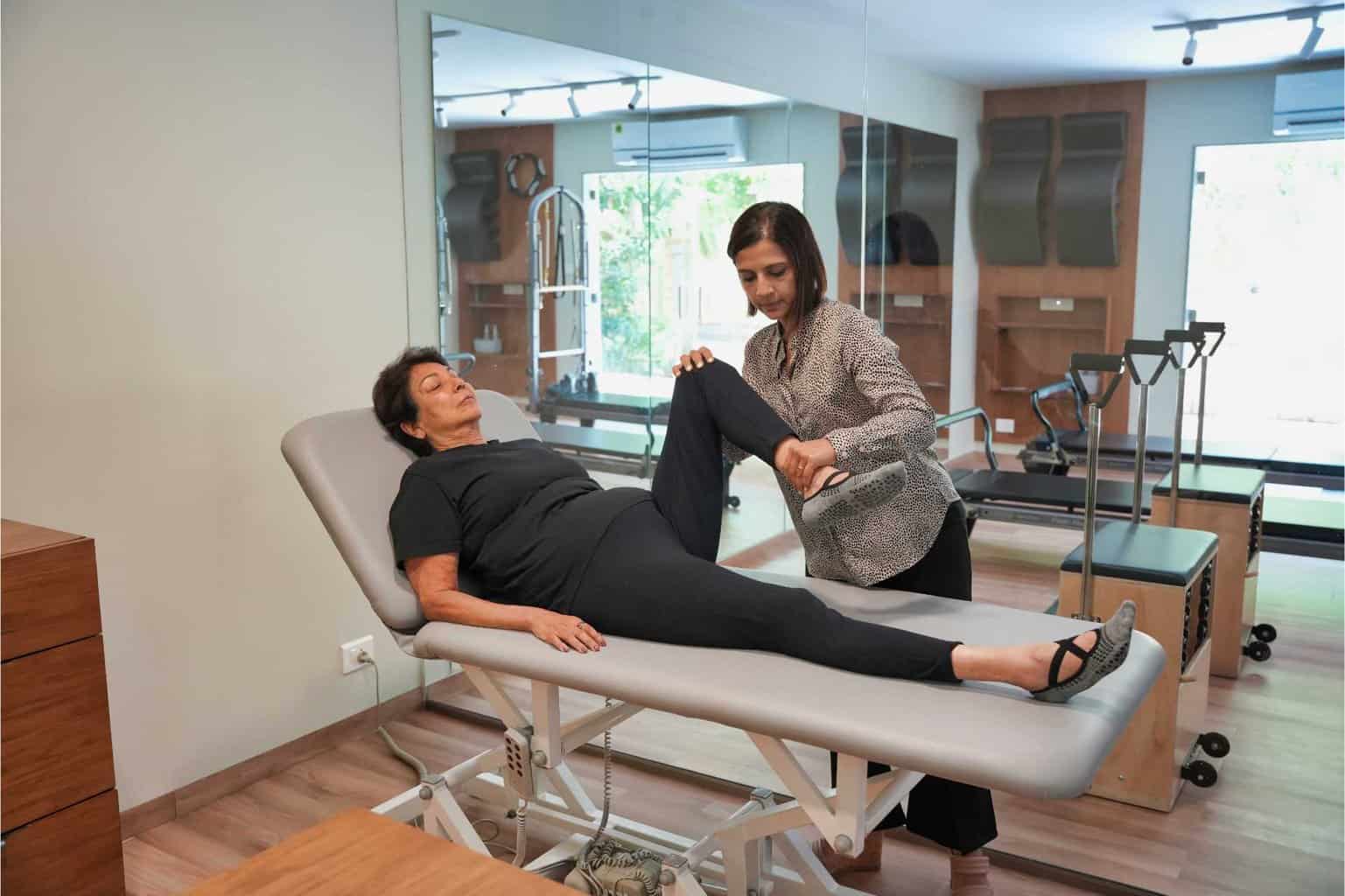Why you should not avoid that physiotherapy appointment

Have you ever twisted your ankle and continued limping without consulting a doctor? Or have you experienced a shooting pain in your shoulder or knee joint that gets triggered at different times of the day? How many times have you popped a painkiller and just proceeded with your day? We tend to ignore certain aches and pains in our day-to-day activities, not realizing how they can aggravate over time. We don’t need to wait for an orthopedic doctor to send us to a physiotherapist to alleviate pain. Physiotherapy and the techniques used by physiotherapists have evolved over the last half century to become a holistic system of pain management and rehabilitation. You can make the right physiotherapist the first point of contact to assess your pain. Here’s how…
Origin of physiotherapy
Manual manipulation for pain relief is as old as medicine itself. In Ancient Greece, physicians such as Hippocrates, Hector and Galen are believed to have been practitioners of physical therapy, massage, and hydrotherapy as early as 460 B.C. Modern physical therapy was established towards the end of the 19th century due to events that affected the entire globe. During 1910s, it was performed widely to cure people injured in the World War.
In India, formal physiotherapy began in early 1950s with the outbreak of Polio and the establishment of the 1st school with the help of WHO for training physiotherapists in Mumbai. After that, physiotherapists became an essential part of hospitals, helping patients recover post-surgery.
Until 1990s, physiotherapy practice was more hospital based. Individual clinics were rare. Most patients went to physiotherapists that worked under Orthopedics and Neurologists. With more research and better understanding of the healing processes in the human body, education in the field has evolved and so has the practice.
When to go to a physiotherapist
As an allied healthcare field, physiotherapy wasn’t the conventional choice when it comes to ailments and pain. However, more and more physicians are referring patients with arthritis, vertigo, backache, headache, sciatica, gout and athletic injuries directly to Physiotherapists. Physiotherapists are equipped to assess the functional movements of patients, diagnose the cause, and give prognosis as well as treatment for the same.
Treatments that a physiotherapist can offer
Machines used by physiotherapists, including ultrasound and Short-Wave Diathermy (SWD) machines, have slowly been phased out to be replaced by more hands-on therapy that involves active rehabilitation. SWD, in fact, has been shown to have adverse effects on the bones and can cause osteoporosis. Now, physiotherapists address the root cause of the pain rather than using pain-relieving machines.
- Manual therapy: A combination of kneading and muscle manipulation to relieve pain, mobilize joints, provide soft tissue release and stimulate healing
- Exercise: Joint mobilization, stretching and strengthening movements to aid in recovery and rehabilitation
- Kinesiology taping and bracing: Therapeutic taping done to provide extra support to muscles and joints that need it; mitigates pain and swelling
- Tools-based therapy: Exercises using tools like resistance bands, balls, sliders, foam roller, weights etc.
Recent research on spinal health
Researchers have found a direct link between poor core strength and susceptibility to back pain and spinal injury. Physiotherapists are working with patients not only to heal injuries but to prevent regular wear and tear leading to major musculoskeletal problems later. The Australian Physiotherapy and Pilates Institute or APPI (UK) is a leading institute which has linked the practice of Pilates to Physiotherapy. It has developed a unique style of Pilates that is in tandem with contemporary developments in the field of Physiotherapy.
Pilates can aid Physiotherapists in the physical rehabilitation of patients with:
- Musculoskeletal problems like spinal injuries, knee problems, frozen shoulder, etc. If you work on the core and muscle balance with Pilates, the biomechanics and alignment of joints improves, aiding in reduction of pain and prevent further deterioration.
- Neurological disorders like Parkinson’s, Alzheimer’s, Epilepsy and even stroke patients. The jumping exercises on the Jumpboard are similar to Proprioceptive Neuromuscular Faciliatation (PNF) techniques used for rehab of stroke patients. The spring tension of the Pilates equipment adds a challenge while giving support. The action of pushing against the spring tension from a compressed position to a stretch is a great stimulation for the nervous system of the body.
- Respiratory ailments. The concentration on breathing in Pilates leads to expansion of the ribs in different directions. Upper body exercises like hug a tree, aid in chest expansion and thoracic extension.
- Cardiovascular problems. After cardiac surgery, there is restriction in the type of exercises they can do. With Pilates, they can lie down easily and do a variety of exercises that help them regain thoracic mobility and improve muscle strength without pressure on the heart.
Conclusion
The complete extent of application of physical therapy is not yet known. As medical science advances, we might see more expansion in the field of Physiotherapy as well.
All our studios have expert physiotherapists with years of experience. Get the best of Pilates and Physiotherapy at Moushu’s Pilates. Contact us.
